The Canterbury Family
The Canterbury family is a whole group of methods with different variations on the name ...and no real sense as to why they are named differently!
Reverse Canterbury Pleasure is the next step up from Bob Doubles for many ringers and part of the Canterbury family group. At a first glance, it replaces dodges with places and that is it. However, when you dig a bit deeper, once Bobs are added, it behaves very differently from Bob Doubles and creates a completely different set of ideas to follow…
The biggest issue with the set is with naming conventions…
If you look at the Doubles and Minor versions, the methods do not make sense with the way the higher number extensions have been created. This is probably due to teams ringing and naming methods a long time ago before any real naming practice.
- Reverse Canterbury Pleasure Doubles is the simplest and most common version of this favourite is .
- If the line is inverted, it is called Canterbury Pleasure Doubles.
- Single Canterbury Pleasure is the even bell version of Reverse Canterbury.
- Reverse Canterbury Pleasure Minor is a double hunt method.
- Canterbury Pleasure is the Triples, Caters, etc., version.
All very confusing!
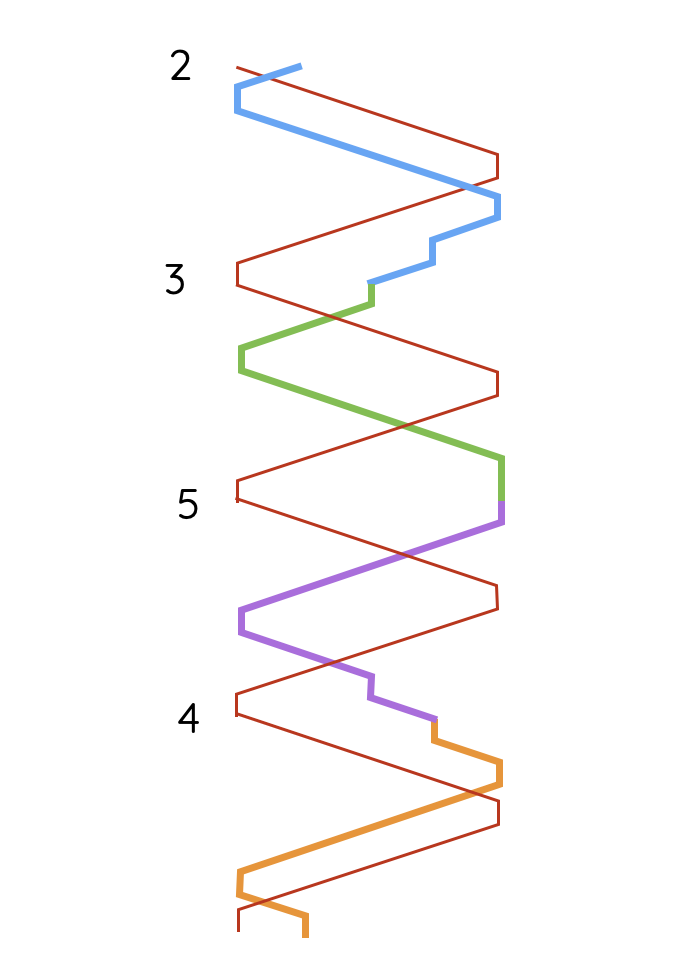
Doubles - Reverse Canterbury Pleasure Place...
Reverse Canterbury Pleasure Place is the most common member of the Canterbury family of methods and on a first glance, is about as closely related to Plain Bob as it is possible to imagine. However, beyond those first impressions, it is actually a little more removed that you think!
The only obvious difference is the places which substitute for the dodges.
The designation ‘Place’ is because there are no dodges anywhere… Only methods which have no dodges at all can have this name…
In practice, the places change the starts for 3 and 4, with the 3rd making a place and then going in and the fourth making a place and going out… contrary to most other mainstream methods!
This in-turn means the place bell order is also different… 2 3 5 4.
The work order is still governed by the treble and is similar to Plain Bob.
- Pass it last (4-5) and you are 2nds place bell… so make 4-3 places down.
- Pass it third (3-4) and you are 4ths place bell, so make long 5ths.
- Pass it second (2-3) and you are 5ths place bell, so make 3-4 places up.
- Pass it first (1-2) and you are 4th place bell, so make seconds and restart the work loop.
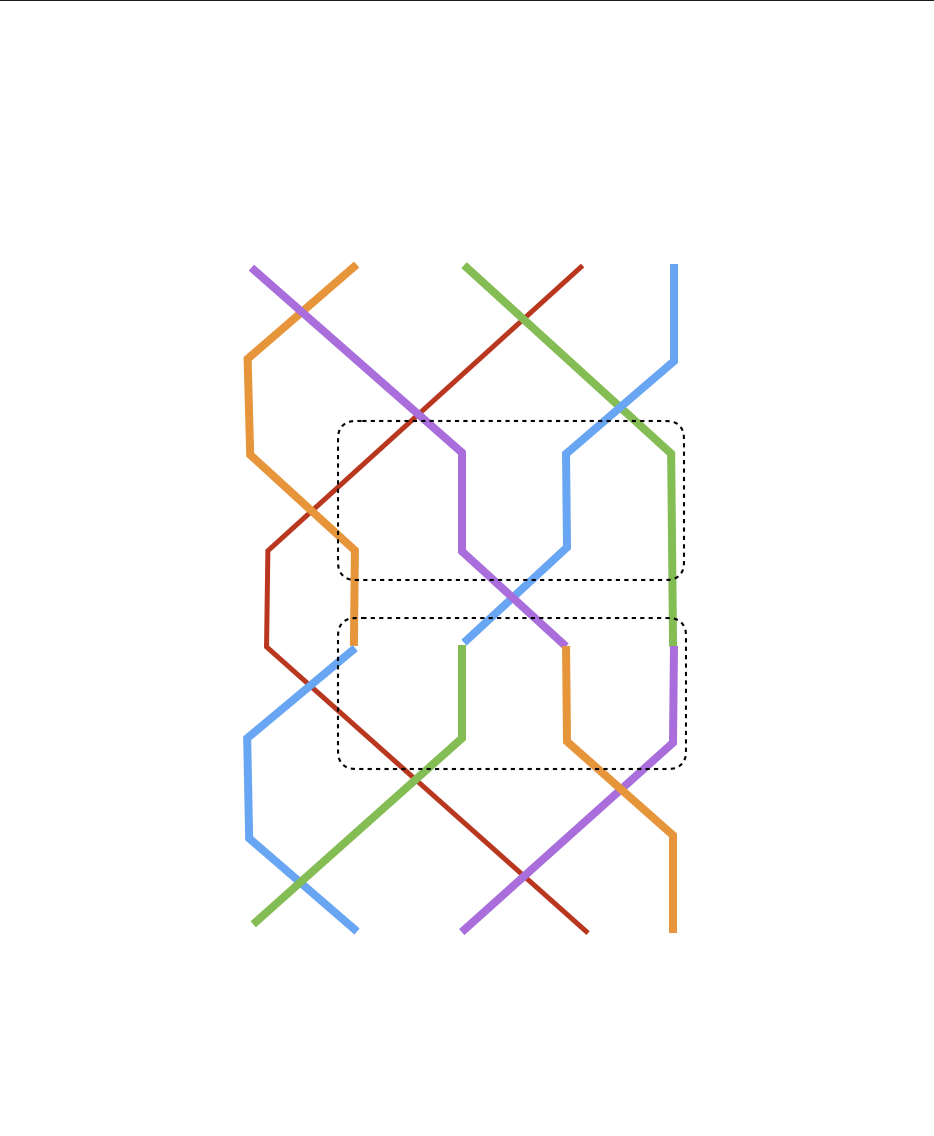
Places...
Making places in theory should be easier than dodging, however, hunting is so ingrained in most ringers, that making places actually becomes quite a conscious effort and one that does not necessarily feel natural.
When making places, 4ths place and above pull 2 blows over the same bell.
The bell making thirds will pull one blow each over the treble and bell making seconds for the up places and vice versa for the down places.
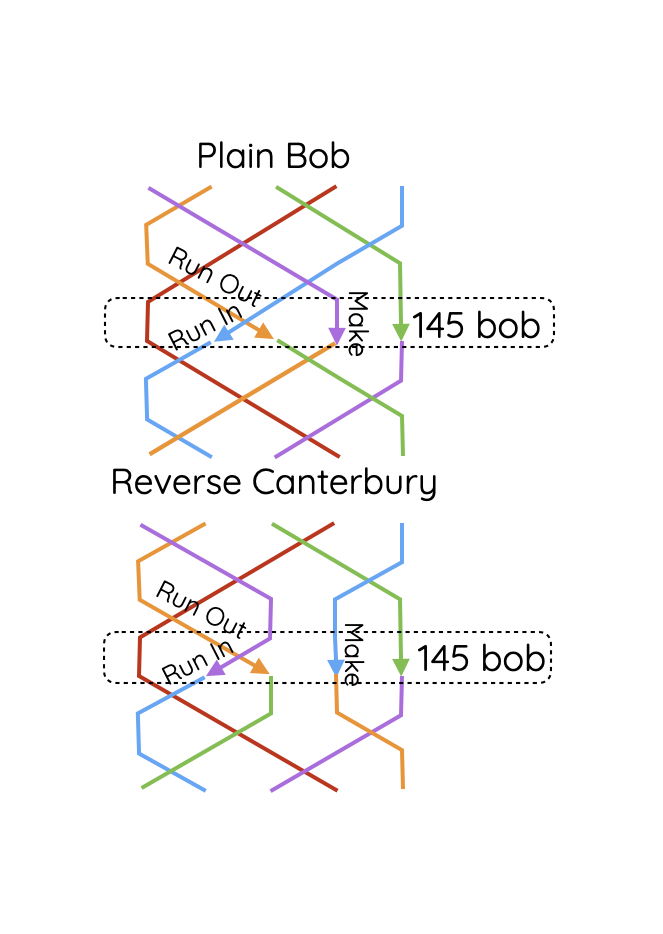
Bobs
The Bobs are actually the same as Plain Bob… 1, 4 & 5 make a place.
However, because of the places which occur the blow before and after the lead end, it actually looks very different in context.
- As is normal with Bobs, bells beyond 4th place are unaffected.
- The bell in fourths ‘makes the bob’ but because of the places which occur the blow before and after, this becomes long 4ths from and to the back).
- The bells which run in and out, will either be making thirds just before running in, or will make thirds just after running out…. either way, both make thirds and go back to lead!
All of this will also be exactly the same for any higher number versions, what ever their name.
For those who ring Grandsire, the run in and run out out elements will resemble the Grandsire bob…
Following a Bob, the usual rules apply about the work for the next lead end… watch the treble, it will help you!
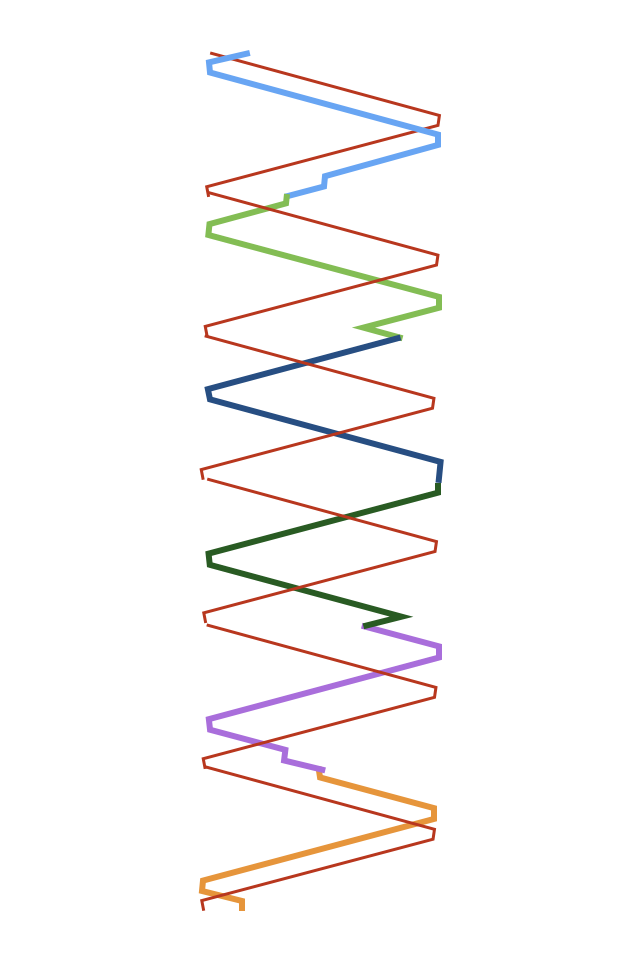
Canterbury Pleasure Triples, Caters Cinques...
The Triple and caters extension of Reverse Canterbury Pleasure Place is called Canterbury Pleasure Bob.
-
The ‘Place’ designation is removed in he triples version, because it only has places in 3-4.
-
With the exception of the 3-4 places, it is exactly the same as Plain Bob Triples.
-
This will be the same for Caters and Cinques too… dodges everywhere except 3-4.
-
This makes for a slightly odd coursing order… It is same as for Plain Bob, but with 3 and 4 switched… so 2, 3, 6, 7, 5, 4. or 2, 3, 6, 8, 9, 7, 5, 4.
-
The work is actually much more straightforward and the treble will tell you what to do next…
-
Pass it last (6-7) and you are 2nd place bell… so make 4-3 places down.
-
Pass it fifth (5-6) and you are 3rd place bell, so dodge 6-5 down.
-
Pass it fourth (4-5) and you are 6th place bell, so make long 7ths.
-
Pass it third (3-4) and 7th place bell, so dodge 5-6 up.
-
Pass it second (2-3) and you are 5th place bell, so make 3-4 places up.
-
Pass it first and you are 4th place bell so make seconds and start again…
-
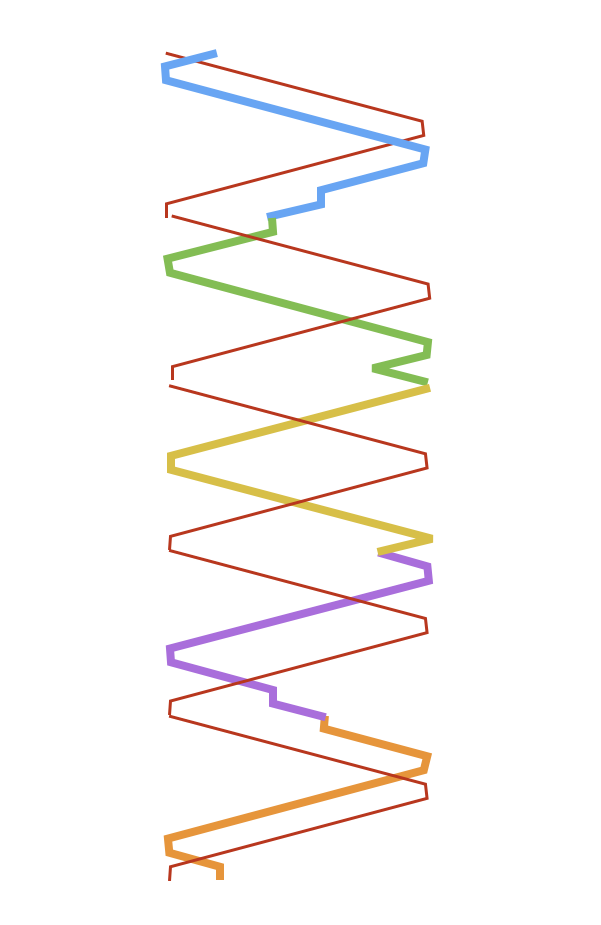
Single Canterbury Pleasure Minor
The extension to Minor is very much like the extension to triples… it also adds in dodges not places…
It is only in 3-4 where places are made.
Ringing a touch of Single Canterbury is exactly the same as ringing the doubles version, in that the back bells are unaffected by Bobs.
The coursing orders are also not so regular… 2, 3, 6, 5, 4.
The work order however, is exactly the same as Plain Bob and the treble will tell you where you are…
Pass it last (5-6) and you are 2nd place bell… so make places in.
Pass it fourth (4-5) and you are 3rd place bell, so dodge 6-5 down.
Pass it third (3-4) and you are 6th place bell, so dodge 5-6 up.
Pass it second (2-3) and you are 5th place bell, so make 3-4 places up.
Pass it first and you are 4th place bell so make seconds and start again…
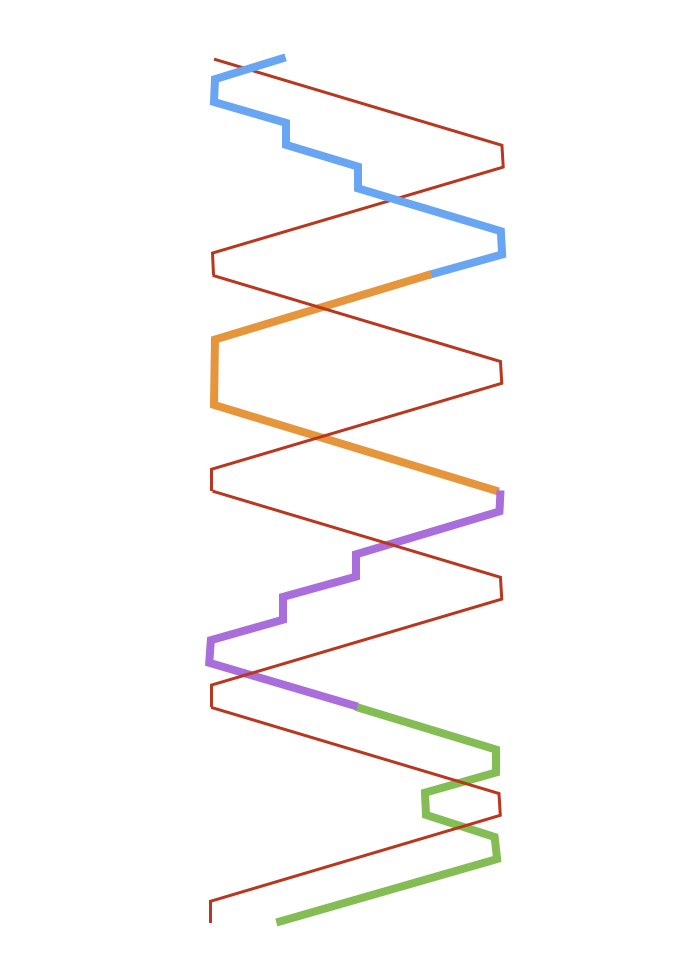
Canterbury Pleasure Place Doubles
Reverse Canterbury is the inverse of Canterbury… we can only guess that Canterbury was named first, although it is far less common in the ringing repertoire!
The method is a reflection left/right, so work at the front (like making seconds) is now at the back and work at the back (e.g. long 5ths) is now done at the front.
This also means that it has to be offset by half a lead, so that the work all takes place when the treble is in 5th place.
As a result the lead end is just Plain Hunt… nothing really happens!
To ring an extent, 4 bobs (145 type – so just like Plain Bob) will be required, split 2 and 4 leads apart – then repeated, meaning there are 6 simple extents that can be called.
The work is as follows…
All bells have standard plain hunt starts, so odd bells up, even bells down.
2nds place bell will make places in 2nds and 3rds (two blows over the same bell for both) then continue plain hunting to…
4ths place bell will do long lead (4 blows) before plain hunting to…
5th place bell will make places in 3rds and 2nds (both two blows over the same bell) before leading and hunting to…
3rds place bell, which makes 4ths around the treble before hunting to 2nds place bell.
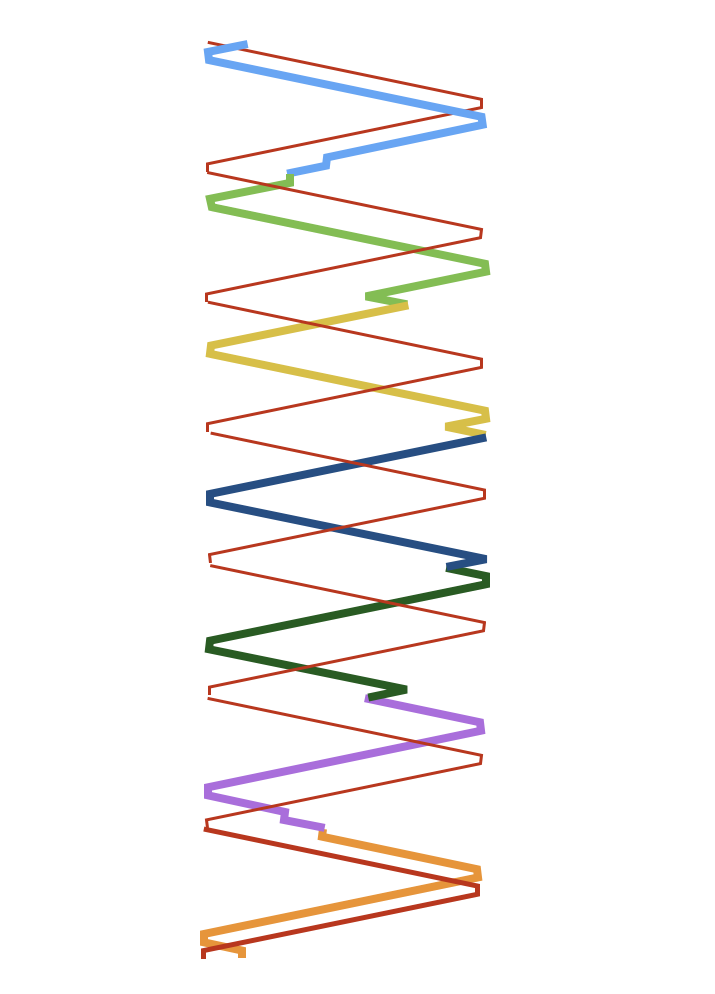
Single Canterbury Pleasure Major
This is the extension of single Canterbury Minor… the extension is the same as from Plain Bob Minor to Major… so add in two extra leads with two extra dodges in 8-7 (down) and 7-8 (up).
Once again the treble will tell you what to do next…
Pass it last (7-8) and you are 2nd place bell… so make places in.
Pass it sixth (6-7) and you are 3rd place bell, so dodge 6-5 down.
Pass it fifth (5-6) and you are 6th place bell, so dodge 8-7 down.
Pass it fourth (4-5) and you are 8th place bell, so dodge 7-8 up.
Pass it third (3-4) and you are 7th place bell, so dodge 5-6 up.
Pass it second (2-3) and you are 5th place bell, so make 3-4 places up.
Pass it first and you are 4th place bell so make seconds and start again…
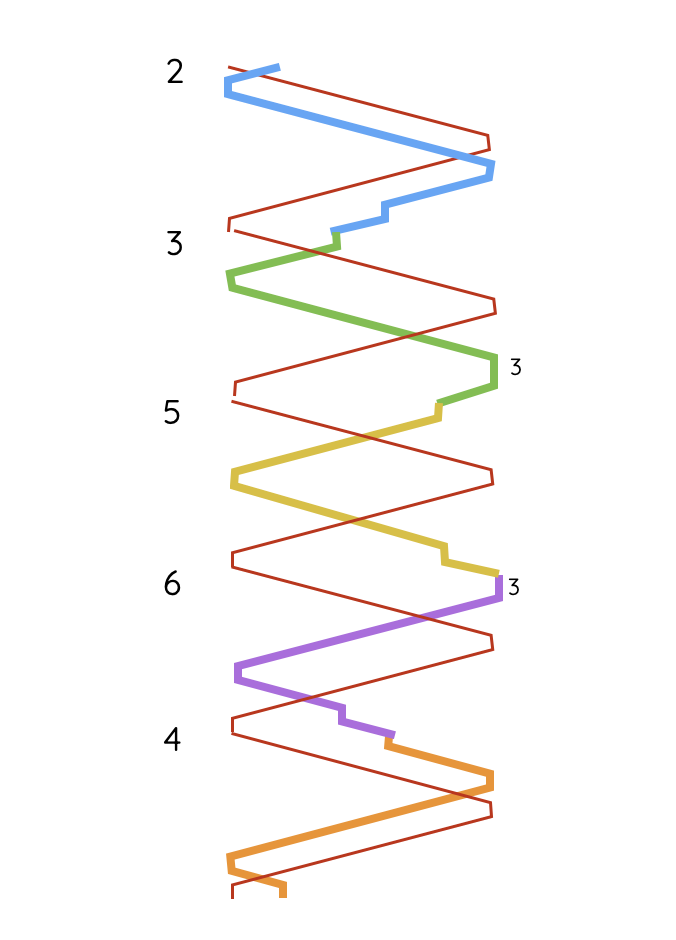
Places Everywhere...
It is possible to ring methods which have only places… so like the doubles version, no dodges at all and a ‘Place’ name designation instead of Bob!
In Minor it is called Single Cumbria Place.
- If you ring this method, beware that it is 3 blows at the back prior to or after making 5ths. (i.e. you ring one extra blow to create the place in 6th… just as you would for any other place).
- All extra blows in the places are over the same bell, with the exception of 3rds place, where the treble will be involved.
The coursing orders are now more predictable… 2,3,5,6,4 and 2,3,5,7,6,4… the reverse of Plain Bob… which is a great help to inexperienced conductors!
In terms of the work order, it makes little difference… and the rules for passing the treble still apply…
Pass it last (5-6) and you are 2nd place bell… so make places in.
Pass it fourth (4-5) and you are 3rd place bell, so dodge 6-5 down.
Pass it third (3-4) and you are 5th place bell, so dodge 5-6 up.
Pass it second (2-3) and you are 6th place bell, so make 3-4 places up.
Pass it first and you are 4th place bell so make seconds and start again…
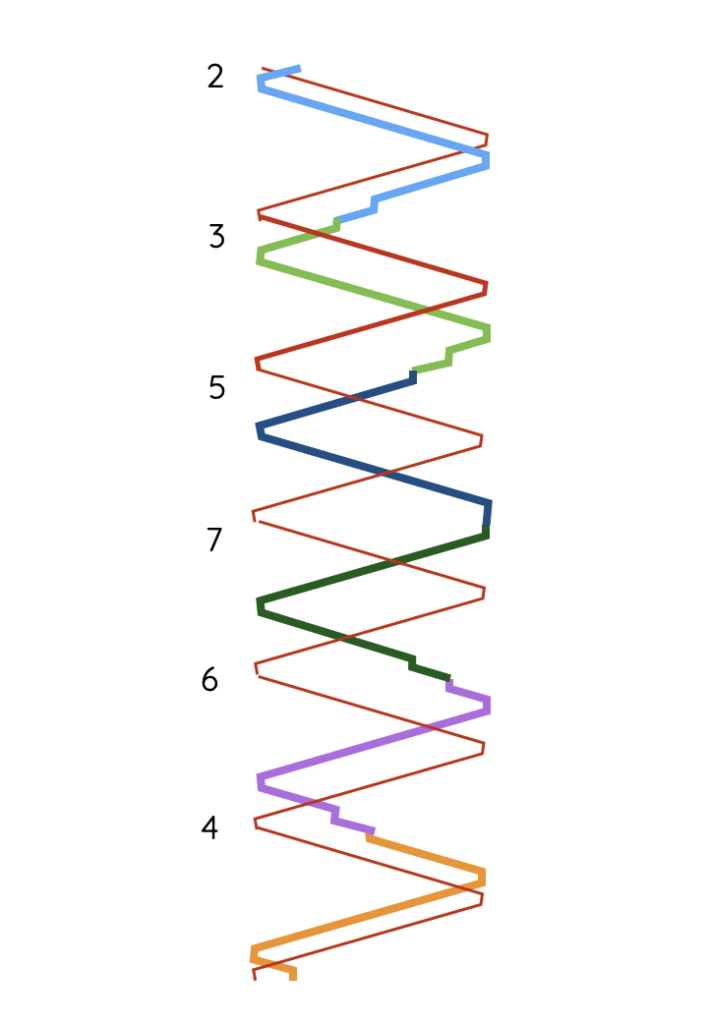
More Places Everywhere...
The triples version with all places is called Aberdare St Elvan Place…
- It also replaces the 5-6 dodges with places.
- All places except those in 3rds involve 2 blows over the same bell.
- Long sevenths, is 2 blows each over the bells making places in 5-6.
- The coursing order is now the reverse of Plain Bob, but is at least highly predictable….
The work order, is exactly the same as Plain Bob and the treble will tell you where you are…
- Pass it last (6-7) and you are 2nd place bell… so make 3-4 places down.
- Pass it fifth (5-6) and you are 3rd place bell, so 6-5 places down.
- Pass it fourth (4-5) and you are 5th place bell, so long 7ths.
- Pass it third (3-4) and you are 7th place bell, so make 5-6 places up.
- Pass it second (2-3) you are 6th place bell and make 3-4 places up
- Pass it first and you are 4th place bell so make seconds and start again…
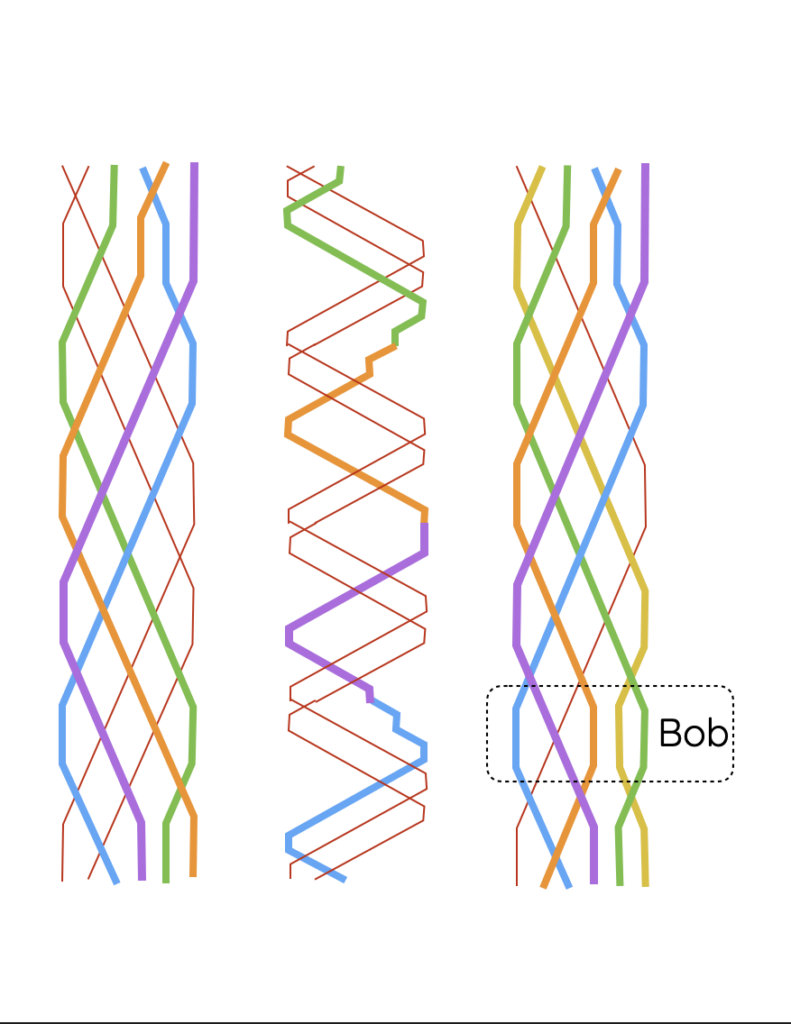
Reverse Canterbury Pleasure Minor
This method has two hunt bells and is more closely related to Grandsire than anything else.
The plain course consists of thirds and back flowed by 4-5 places down, long 6ths and 5-4 places up… so everything moves one place outwards to make way for the second (half) hunt bell.
Like Grandsire, all the symmetry also moves to be offset by one change forward from the lead end/half lead.
The Bobs and Singles will be Grandsire based, so not at the lead end, being called when the treble is in fourths place and occurring 2 blows earlier than the normal work. A possible 1456 bob is shown in a diagram, although this is purely conjecture, as no information about bobs (or singles) is available.
Although not complex at a basic level (the plain course is very close to the doubles version), adding Bobs and finding or creating compositions will be anything but simple!
Below are links to the two major ringing libraries. The Blue Line link is to Canterbury Little Bob Minor, which is a cross between Single Canterbury and Little Bob. The other is the CCCBR link is to single Canterbury minor… take a look and see how many related methods there are and how few have actually been rung!
